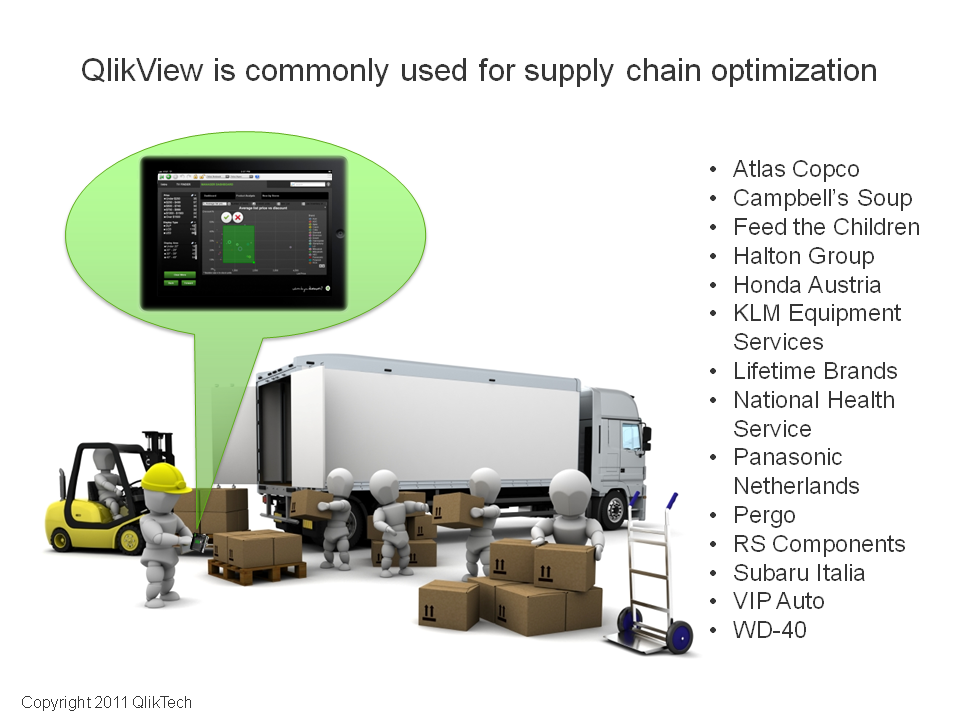DHL, the world’s leading logistics company, today launched its latest white paper highlighting the untapped power of data-driven insight for the supply chain. The white paper has revealed that most companies are sitting upon a goldmine of untapped supply chain data that has the ability to give organizations a competitive edge. While this wealth of supply chain data already runs the day-to-day flow of goods around the world, the white paper has revealed a small group of trailblazing companies are utilizing this data as a predictive tool for accurate forecasting.
“The predictive enterprise: Where data science meets supply chain” is a white paper by Lisa Harrington, President of the lharrington group LLC that was commissioned by DHL to identify the opportunities available to companies to anticipate and even predict the future. It encourages companies to get ahead of their business and direct their global operations accordingly.
Data mining, pattern recognition, business analytics, business intelligence and other tools are coalescing into an emerging field of supply chain data science. These new intelligent analytic capabilities are changing supply chains – from reactive operations, to proactive and ultimately predictive operating models. The implications extend far beyond just reinventing the supply chain. They will help map the blueprint for the next-generation global company – the insight-driven enterprise.
Jesse Laver, Vice President, Global Sector Development, Technology, DHL Supply Chain, said, “At DHL, we’re helping our customers get ahead of the competition by working with them to harness the wealth of data information from across their businesses, allowing us to develop smarter supply chain solutions that factor in their wider business operations. For our technology customers, we use data analytics to predict what’s going on in the supply chain, such as what products are in high demand, so we can tailor our solutions accordingly.”
While supply chain analytics technologies and tools have come a long way in the last few years, integrating them into the enterprise is still far from easy. Companies typically progress through several stages of maturity as they adopt these technologies. The descriptive supply chain stage uses information and analytics systems to capture and present data in a way that helps managers understand what is happening.
Read more at One step ahead: How data science and supply chain management are driving the predictive enterprise
Please post your questions or comments below, and subscribe to get updates in your inbox.






































![How to Become a Google Plus Wizard [INFOGRAPHIC]](http://supplychaininstitute.com/wp_sci/wp-content/uploads/2014/09/263501645_80_80.jpg)












